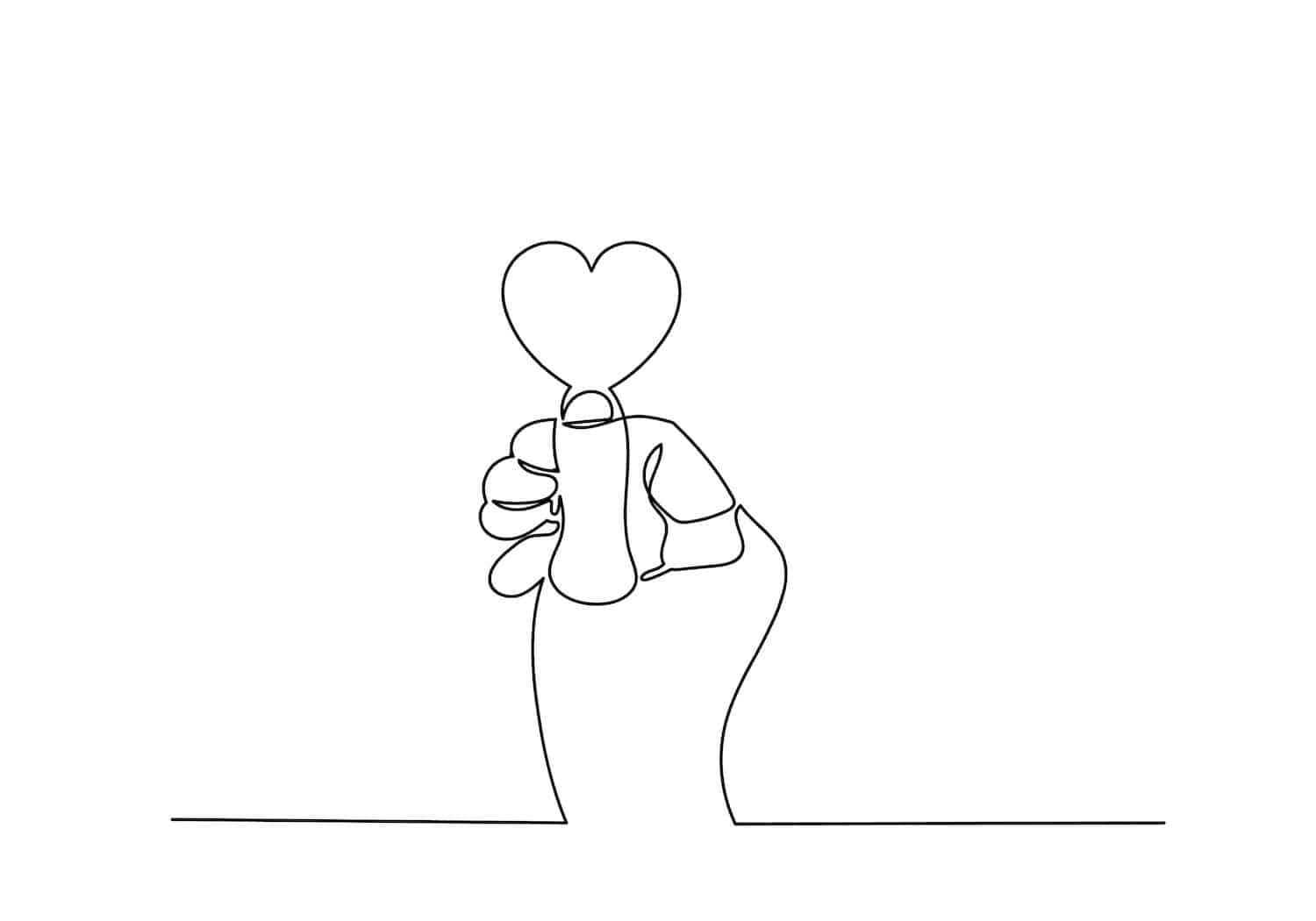Trigger warning: Suicide. This article is meant for educational purposes. If you are having suicidal thoughts or feel at risk of harming yourself, you are experiencing a mental health emergency and need urgent support. Reach out to The National Suicide Prevention Lifeline 24 hours a day, 7 days a week by calling or texting 988.
Suicidal thoughts should always be taken seriously and treated as a mental health emergency, regardless of the nature or intention of the thoughts. While active suicidal ideation (SI) represents the most severe and urgent suicide risk, passive suicidal thoughts should never be overlooked. Below, we’ll explore the definition of passive SI, including its warning signs, potential risks, and how to get help.
What is Suicidal Ideation?
Suicidal ideation (SI) is having thoughts of self-harm or suicide or forming plans to end one’s own life intentionally. SI exists on a spectrum of intensity and severity; suicidal thoughts can evolve from passive thinking to active planning, culminating in a psychiatric emergency where a person is at immediate risk of harming themselves.
Suicidal ideation is a major risk factor for suicide attempts and death from suicide. In the United States, suicide remains a significant problem, with rates reaching an alarming 14.1 per 100,000 in 2021. In the same year, 12.3 million adults reported suicidal ideation, 3.5 million adults had a suicide plan, 1.7 million adults attempted suicide, and 48,183 died by suicide.
Additionally, studies revealed a 36.7% increase in deaths by suicide between 2000 and 2018. Sadly, it is the second leading cause of death for individuals between the ages of 10 and 24.
Lifeskills South Florida specializes in helping people struggling with suicidal ideation due to underlying trauma or mental illness. We offer a wide range of mental health treatment options, including residential, partial hospitalization, and outpatient programs.
Passive Suicidal Ideation
Passive suicidal ideation is when a person has thoughts of suicide or self-harm but doesn’t have a plan or method for carrying it out. Historically, people often viewed passive SI as less concerning than active SI. However, the drastic increase in suicide deaths in recent decades has shifted thoughts about the long-term implications of passive suicidal thoughts. Newer reports from the National Institute of Mental Health and the National Action Alliance for Suicide Prevention support the view that passive SI is more comparable to active SI than clinicians originally thought.
Approximately 33% of individuals in psychiatric populations currently experience passive suicidal thoughts. Additionally, nearly 50% of these individuals have had passive suicidal thoughts in the past. Rates amongst the general population are also alarming, with 5% of people experiencing passive SI in a given year and 10% experiencing passive SI at some point in life.
Thinking about suicide, even without a plan or intention to carry it out, can indicate serious underlying psychiatric issues that require immediate attention. Passive suicidal thoughts can evolve into active thoughts, intentions and even planning to take one’s own life.
Passive vs. Active Suicidal Ideation
While both passive and active SI involve thoughts of dying or death, active suicidal ideation is characterized by specific intentions, motivations, and plans for harming oneself.
Passive SI may progress into active SI. This often involves things like researching ways to die, deciding on a method, selecting a place or time, and making preparations for the aftermath of one’s own death. Both passive and active SI are serious risk factors for eventual suicide attempts and should receive immediate intervention and support.
Warning Signs of Suicidal Ideation
The warning signs of suicidal ideation are often difficult to identify. Many people experiencing suicidal thoughts feel shame or fear about their state of mind and thus don’t confide their struggles to others. Even so, some common behaviors may indicate a person is struggling with suicidal thoughts or is considering suicide.
Warning signs include:
- Changes in appetite
- Sleeping problems
- Mentioning death or referring to a desire to die
- Feeling extreme guilt or shame
- Expressing concerns about being a burden to others
- Experiencing extreme mood swings
- Feeling empty, trapped, hopeless, or having no reason to live
- Feeling extreme sadness, anxiety, agitation, or rage
- Experiencing unbearable emotional or physical pain
- Making a suicide plan or researching ways to die
- Giving away important items
- Writing a will
- Withdrawing from friends or saying goodbye
- Taking dangerous risks (i.e. driving recklessly, abusing drugs or alcohol)
If you notice any combination of these warning signs in a loved one, have a serious, urgent conversation with them about their mental health. They likely need immediate support but may feel too scared to reach out.
Finding Help for Suicidal Ideation
Both passive SI and active SI require immediate intervention, preferably from a mental health professional. Sometimes, people mistakenly dismiss passive SI as “attention-seeking behavior” or a temporary state of depressed mood. Always take any form of suicidal ideation seriously. Passive SI can progress into active SI with little or no forewarning.
The sooner you seek treatment for a loved one experiencing suicidal thoughts, the sooner they can receive the help they need. At Lifeskills South Florida, we transform hope into healing. Our providers use evidence-based practices like cognitive behavioral therapy and dialectical behavior therapy, tailoring each treatment program to the client’s individual needs.
To learn more about our programs or to find help for your loved one, reach out to an admissions professional today. We will help you understand your options and connect you with a comprehensive treatment program that best suits your needs.
References
- PubMed. (2024). Suicidal Ideation.
- Psychological Medicine. (2020). Characterizing the phenomenology of passive suicidal ideation.
- National Institute of Mental Health. (2022). Warning Signs of Suicide.
- National Institute of Mental Health. (2023). Suicide Prevention.




